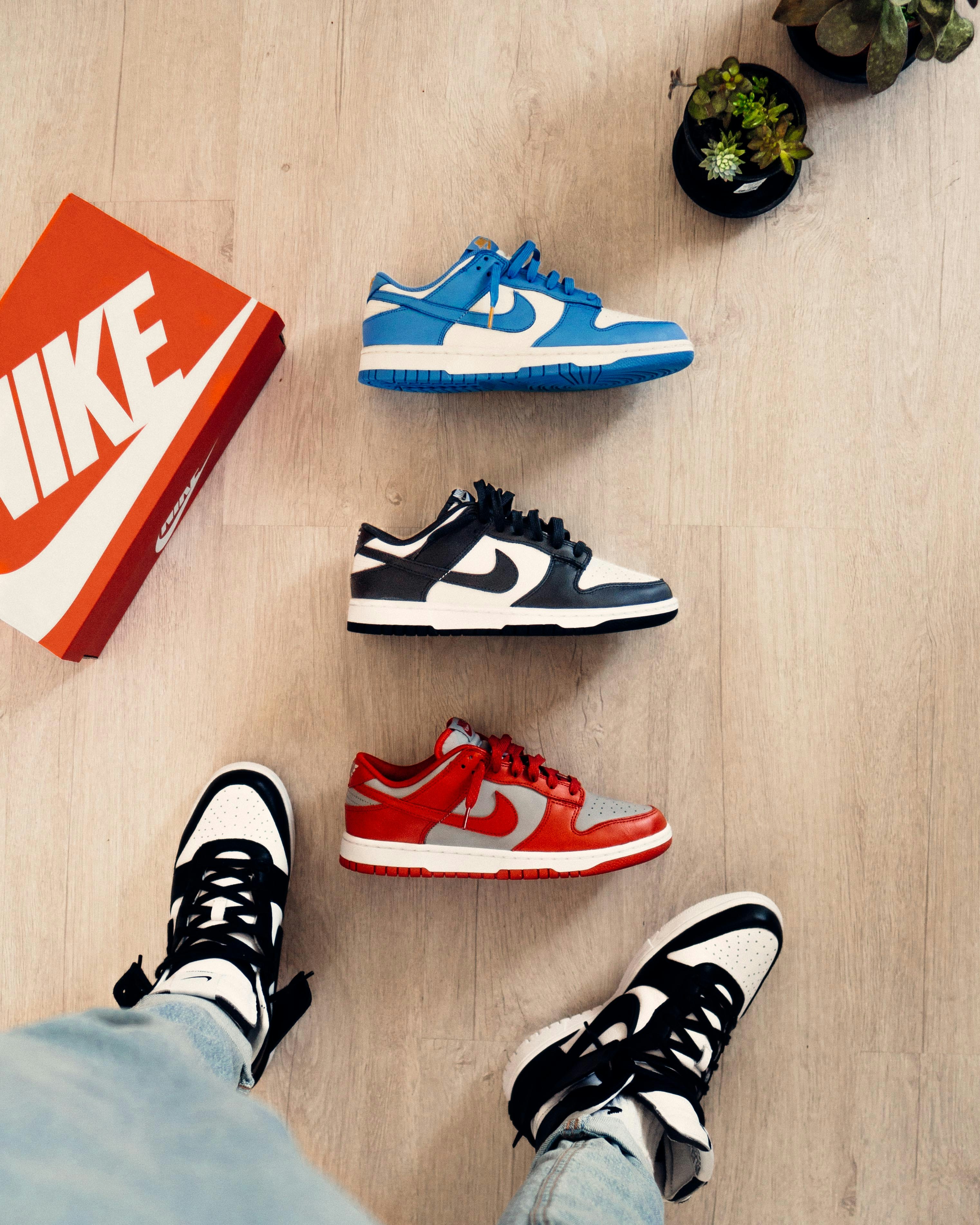
AI Discovery Is Already Driving Ecommerce Growth—Are You Showing Up?
Something big is happening in ecommerce, it's evolving quietly, and quickly.
Shoppers are asking ChatGPT (and Gemini, and Perplexity, and…) what to buy—and AI is answering with real product links from across the web. These aren’t ads. They’re organic results, and ecommerce brands are already reporting measurable revenue from them.
We’ve seen brands experience:
✅ Higher AOV from ChatGPT-referred traffic
✅ Free, high-intent traffic from non-sponsored AI product suggestions
✅ A competitive advantage that feels a lot like early SEO wins
This new wave of AI-native shopping has a name: GEO, or Generative Engine Optimization. And if you’re not optimizing for it yet, you’re already behind.
What Is GEO (Generative Engine Optimization)?
GEO is the practice of optimizing your brand and products to appear in AI-generated answers from platforms like:
ChatGPT (powered by OpenAI + Bing search)
Google Gemini (soon powered by Google Shopping + Search)
Perplexity (AI assistant using live web + citations)
Claude (less focused on shopping queries—for now)
When users ask things like:
“Best gifts under $100 for new moms”
“Outfit ideas for the Cowboy Carter tour”
“What’s a durable carry-on suitcase for international travel?”
…you want your brand to show up in the AI-generated list.
Because the old rules of SEO—10 blue links and scrolling past ads—are being replaced with direct recommendations from trusted AI assistants.
The 8-Step GEO Playbook for Ecommerce Brands
These are the exact steps that 8- and 9-figure DTC brands are using to get into the AI recommendation layer now:
1. Let ChatGPT’s Bot Crawl Your Site
Your first task: Make sure OpenAI’s web crawler can index your site.
Check your robots.txt file (yoursite.com/robots.txt) and make sure you allow the crawler:
If you're blocking OAI-SearchBot, your products won’t show up. You're invisible by default.
🛠️ Tip: Don’t just check your root. Make sure your product detail pages (PDPs) are also crawlable.
2. Write Product Titles the Way People Ask Questions
AI assistants rely on natural language understanding. If your product title is “The Audra Set,” it won’t mean much.
Instead, write titles like:
✅ “The Audra Lightweight Linen Pants”
✅ “Luminizing Glow Serum with 7% Niacinamide”
Use descriptive, search-friendly titles that match how users phrase shopping queries in ChatGPT.
3. Use Structured Product Data (JSON-LD)
OpenAI and Gemini increasingly rely on schema markup to understand product info. Make sure your site uses JSON-LD structured data to expose:
Product name
Description
Price
Brand
Availability
Reviews and ratings
Most modern Shopify themes handle this—but verify using Google’s Rich Results Test.
4. Sync Your Catalog with Google Merchant Center
Even if you’re not running Google Shopping ads, Gemini will likely rely heavily on GMC data in the near future.
✅ Upload your product feed
✅ Keep pricing, inventory, and descriptions fresh
✅ Sync promotions and bundles
This gives you another pathway into Google's AI ecosystem.
5. Submit Your Products to OpenAI
OpenAI has launched an early access form for brands that want their products considered for shopping answers in ChatGPT.
It’s in ongoing development—but this is the future feed, and getting on the list now could pay dividends.
6. Optimize for Bing (Yes, Really)
Here’s the secret: ChatGPT uses Bing as its primary search infrastructure when it needs to fetch real-time information.
That means:
✅ Get listed in Bing Merchant Center
✅ Optimize your Bing Shopping feed
✅ Pay attention to Bing search results for your product keywords
Several brands have seen ChatGPT referrals spike after optimizing for Bing—even without making any changes to Google.
7. Use Shopify’s “Shopify Knowledge” App
If you're on Shopify, install the Shopify Knowledge App. It helps LLMs like ChatGPT better understand your product catalog, categories, and metadata.
It doesn’t guarantee inclusion, but it increases semantic visibility to AI systems crawling your storefront.
8. Track “Share of Answer” to Benchmark Visibility
To know if you’re showing up in AI results, you need to measure your Share of Answer:
Try These Prompts in ChatGPT:
“What are the best [your product category] brands right now?”
“Tell me about [your brand name]—what are their best products?”
Watch for:
Whether your brand is mentioned
Which competitors are named
Which sources are cited (blog posts, reviews, retailers)
If you’re not showing up in these answers, it’s time to create or optimize content that better aligns with what AI pulls from.
Pro Tips for Winning GEO with Content
If you're not cited yet, here’s what works:
Create pillar blog posts that deeply answer category questions
Target Bing and Perplexity citations by replicating common answer sources
Pitch journalists and review sites that show up in Perplexity or Gemini
✅ Follow E-E-A-T principles (Experience, Expertise, Authority, Trust)
✅ Make content human-readable, but also AI-parsable
Why GEO Matters Now—Not Later
GEO is the new frontier of ecommerce growth. The brands that lean in early will own the AI shelf space before it becomes pay-to-play.
Already, we’re seeing:
Impressive conversion rates from ChatGPT visitors
Higher AOV in some verticals
Free traffic from trusted recommendations
This isn’t speculative—it’s already happening.
Need Help With GEO Setup?
If you're unsure whether your PDPs are crawlable, your product feeds are optimized, or your content is AI-friendly, we can help.
At Gamma Waves, we help ecommerce brands future-proof their discovery strategy—across SEO, CRO, and now, GEO.
👉 Get in touch here and let’s make sure your brand is showing up.
Don’t wait for your competitors to show up in ChatGPT first.
Start optimizing for the AI shopping era today.


